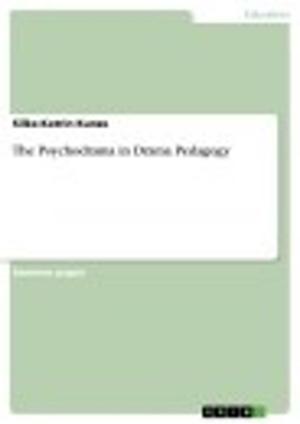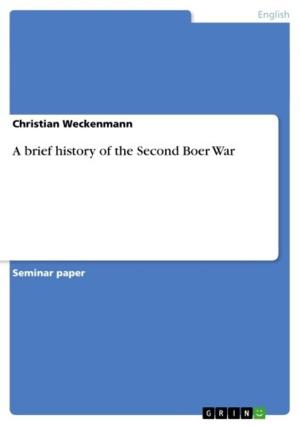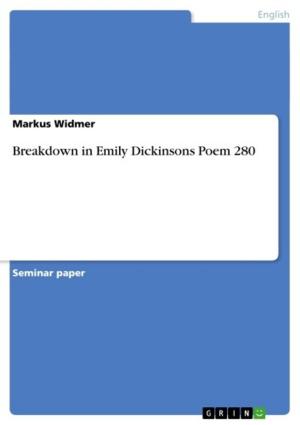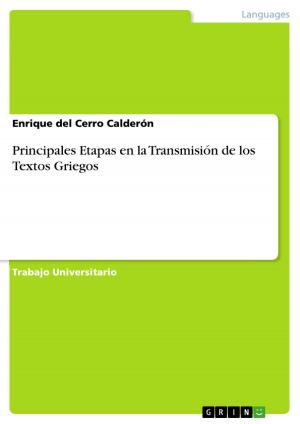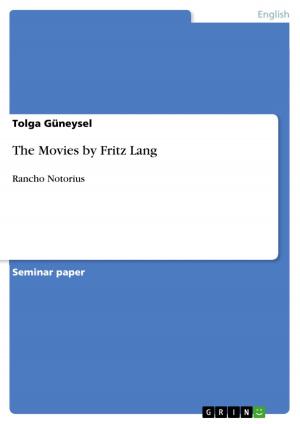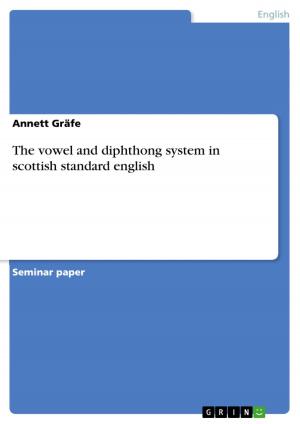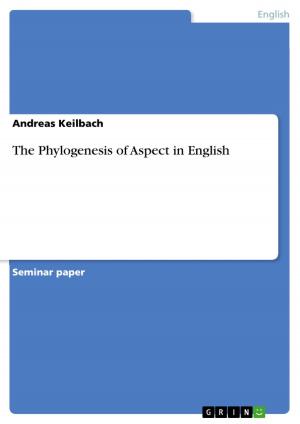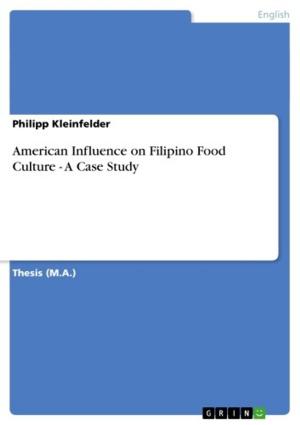| Author: | Michelle Becker | ISBN: | 9783640824809 |
| Publisher: | GRIN Publishing | Publication: | February 10, 2011 |
| Imprint: | GRIN Publishing | Language: | English |
| Author: | Michelle Becker |
| ISBN: | 9783640824809 |
| Publisher: | GRIN Publishing |
| Publication: | February 10, 2011 |
| Imprint: | GRIN Publishing |
| Language: | English |
Seminar paper from the year 2009 in the subject English - Pedagogy, Didactics, Literature Studies, grade: 2,3, Saarland University (Anglistik), course: investigation classroom interaction, language: English, abstract: 'Let us...make the study of the art of question-asking one of the central disciplines in language education'(Postman 1979: 140). In order to show how the importance of questions as part of classroom interaction, I try to evolve a scheme to present numerous types of questions and how they are being used by teacher and student. Depending on the didactic intention there are quite a number of different ways to classify a question. In order to give a general overview I decided to divide my classification into three main parts. First I am going to give an explanation of the three different types of categorising questions and display what the respective central key points are. Then I explain the difference of questions being asked by the teacher or the student and how they are being used during class. The third section is a practical analysis of questions with the help of the data description followed by a short evaluation displaying whether my framework is useful in analysing the data or if the need of further specification is required. And finally I am going to give a brief summary and try to come to a conclusion.
Seminar paper from the year 2009 in the subject English - Pedagogy, Didactics, Literature Studies, grade: 2,3, Saarland University (Anglistik), course: investigation classroom interaction, language: English, abstract: 'Let us...make the study of the art of question-asking one of the central disciplines in language education'(Postman 1979: 140). In order to show how the importance of questions as part of classroom interaction, I try to evolve a scheme to present numerous types of questions and how they are being used by teacher and student. Depending on the didactic intention there are quite a number of different ways to classify a question. In order to give a general overview I decided to divide my classification into three main parts. First I am going to give an explanation of the three different types of categorising questions and display what the respective central key points are. Then I explain the difference of questions being asked by the teacher or the student and how they are being used during class. The third section is a practical analysis of questions with the help of the data description followed by a short evaluation displaying whether my framework is useful in analysing the data or if the need of further specification is required. And finally I am going to give a brief summary and try to come to a conclusion.

